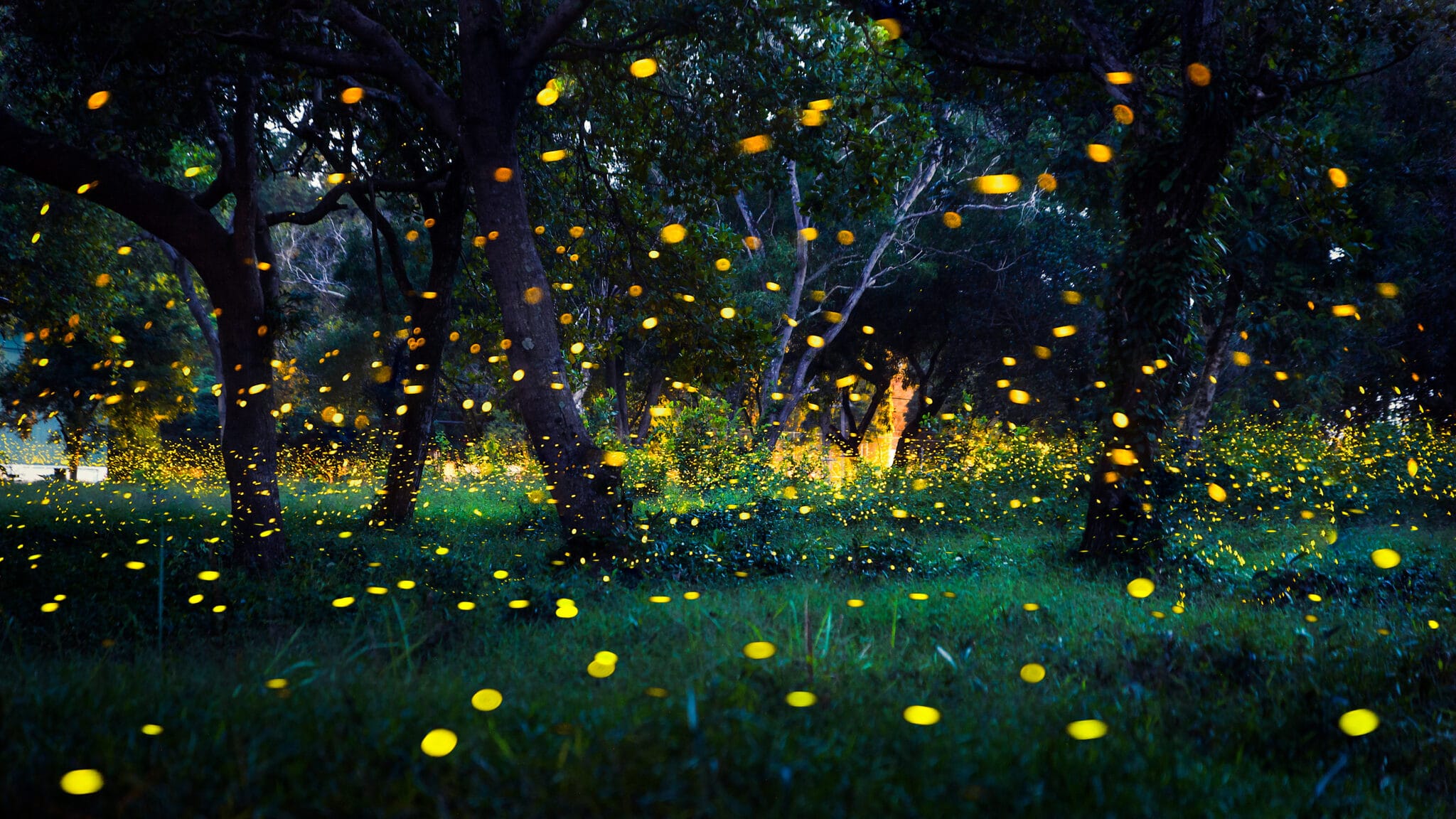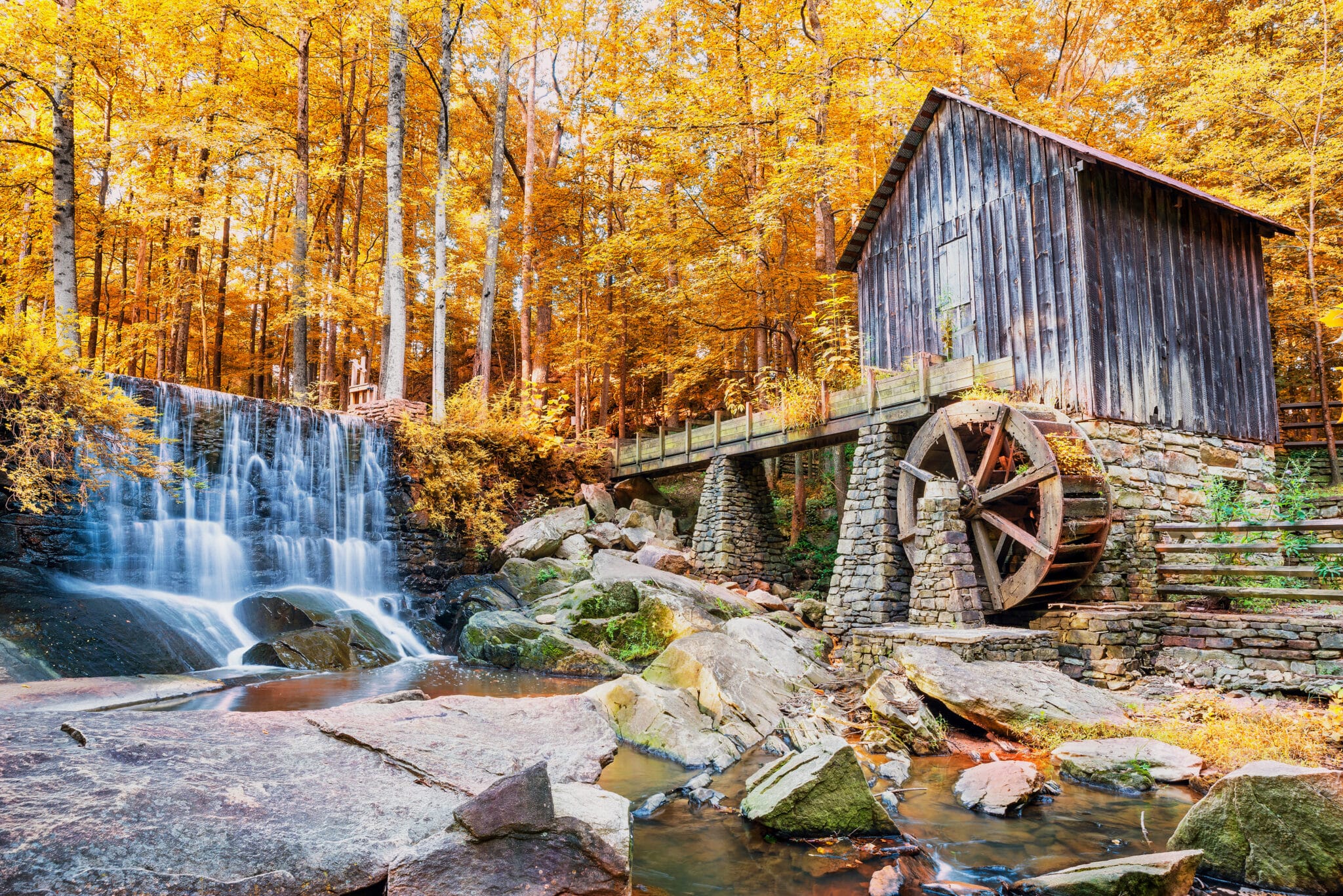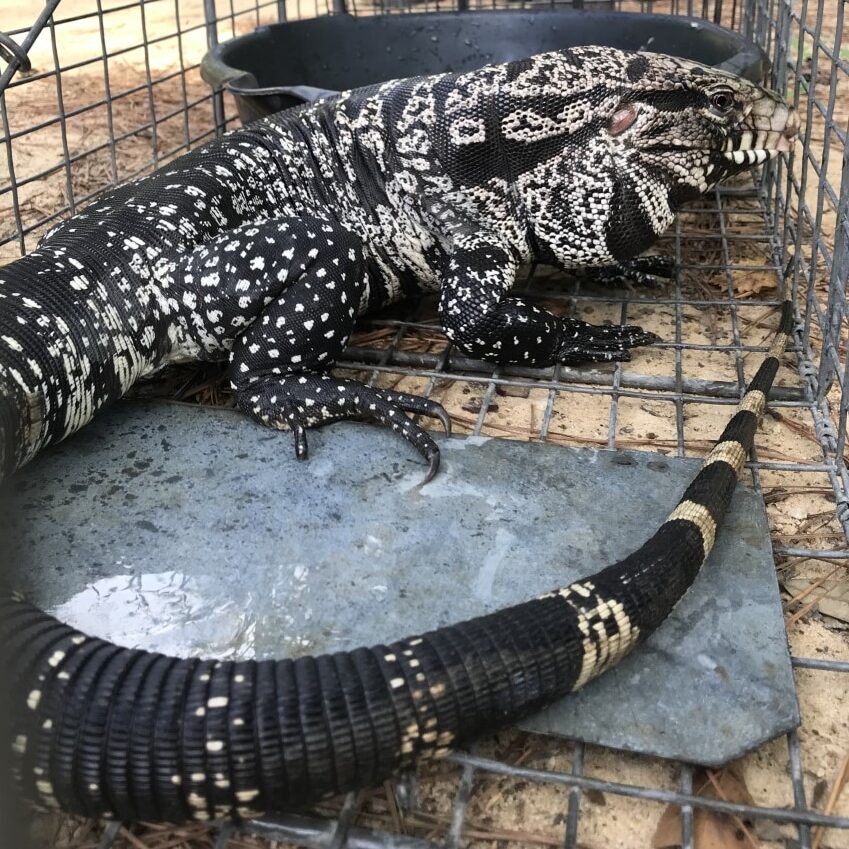Georgia is home to more than 50 species of fireflies — or lightning bugs — more than any other U.S. state.
The dancing light patterns we enjoy in our gardens and landscapes are an important, and nostalgic, part of Georgia summer evenings. To protect these insects and ensure that we continue to enjoy them, it is important to understand their lifecycle and habitat needs.
Fireflies are in the insect family Lampyridae and are not actually flies or bugs, but nocturnal beetles.
The glowing light produced by adult fireflies, called bioluminescence, comes from light-producing lantern organs in their abdomen where the chemicals luciferase and luciferin work with other substances in the insect’s body to produce light without generating heat.
The light flashes can vary from yellow to green depending on the species. The most common species in Georgia is Photinus pyralis, or the common eastern firefly. Aside from having the lantern organs on the underside of the abdomen, Photinus pyralis have a pale border around each outer wing (elytra) and a shield plate that covers the top of the insect’s head.
The flash patterns of fireflies are unique to each species and allow these insects to locate potential mates. In general, the males flash as they fly, while the females flash as they wait in tall grass or on other plants.
Watch for flash patterns of various species occurring at a specific times of night and specific times of year. For example, Photinus carolinus is a species known for its synchronous flashing, blinking on and off in unison. These are found at dark in the summer in areas around the Great Smoky Mountains National Park.
Once a male finds a mate through tracking flash patterns, mated females generally deposit eggs on the ground under mulch, around log bark or in other moist forest debris. In approximately three weeks, the eggs hatch into insect larvae that are often luminescent — they glow.
The crawling, soft-bodied larvae feed on invertebrates such as slugs, grubs or earthworms before transitioning into a pupal stage, when they are in a case-like structure similar to a cocoon. The adult insects emerge in mid-summer to begin the lifecycle again.
Although some fireflies are predatory, the adults of most species feed on nectar and likely help with pollination in gardens. The tall flowers, grasses and shrubs of your pollinator garden can serve as a safe place for females waiting for males. These insects are in adult form for about two months, though the entire lifecycle can take one year.
Here is how to provide habitat for fireflies in your landscape:
Add flowering plants of varying heights. Include tall grasses as well as trees and shrubs in your landscape.
Turn off outdoor night lighting during mid-summer. Light pollution is thought to disrupt firefly mating and could be a major cause of firefly population decline.
Leave parts of your landscape undisturbed with leaf litter and plant debris as safe places for the insects to deposit eggs and for overwintering.
Provide a clean water source on your property. This could be as simple as a birdbath lined with rocks or a plant pot bottom with filled pebbles and water. The insects need access to water without the possibility of drowning.
Limit pesticides on your property.
Understanding the lifecycle and habitat needs of fireflies can help increase the population of fireflies in your landscape, allowing you to enjoy them this and every summer.
To learn more about fireflies, check out “Fireflies, Glow-worms and Lightning Bugs” from University of Georgia Press.
- Here Are The Significant Changes to Health Care in Georgia That Were Just Signed Into Law
- Construction Worker Dead After His Vehicle Collided With a Bridge on I-475 in Macon
- Marjorie Taylor Greene Has Raised Nearly $5 Million in Her Congressional Campaign
- 21-Year-Old Arrested After Ramming Stolen Vehicle Into Gwinnett Police Patrol Car
- Why Does Georgia Make Your Driver’s License and Vehicle Registration Due on Your Birthday?
Disclosure: This article may contain affiliate links, meaning we could earn a commission if you make a purchase through these links.






